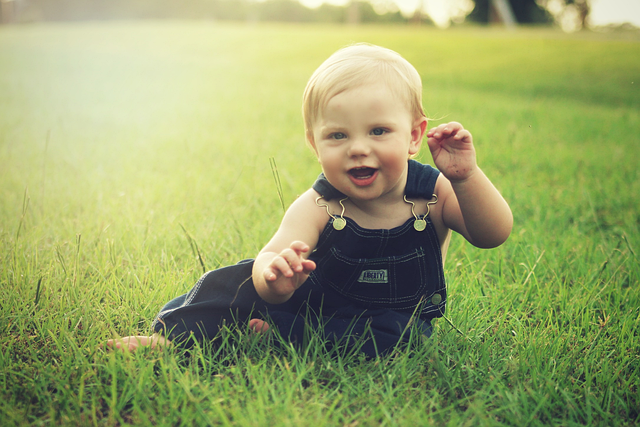Children go through many emotional and developmental changes as they grow. While it’s normal for kids to have occasional tantrums, fears, or bursts of energy, persistent patterns may indicate underlying challenges such as anxiety, ADHD (Attention-Deficit/Hyperactivity Disorder), or other behavioral issues.
Early identification is crucial. The sooner you recognize the signs, the sooner you can support your child’s emotional health and help them thrive. This guide breaks down common symptoms, behavioral patterns, and when to seek professional help.
1. Early Signs of Anxiety in Children
Anxiety disorders are among the most common mental health concerns in children. Symptoms may appear as early as preschool age.
Common Symptoms
-
Excessive worrying about school, family, or the future
-
Avoidance behaviors (refusing school, social events, or sleepovers)
-
Physical symptoms like stomach aches, headaches, or fatigue with no clear medical cause
-
Perfectionism or fear of making mistakes
-
Irritability, restlessness, or crying frequently
Types of Anxiety in Children
-
Separation Anxiety Extreme distress when separated from parents
-
Social Anxiety Fear of being judged or embarrassed in social settings
-
Generalized Anxiety Disorder (GAD) Ongoing worry about everyday things
What to Watch For
If anxious behavior disrupts your child’s ability to function at home, school, or with friends for more than a few weeks, it may be time to seek help.
2. Early Signs of ADHD in Children
ADHD typically presents between ages 3 and 6 and can persist into adolescence and adulthood if untreated.
Two Primary Categories
Inattentive Symptoms
-
Difficulty focusing on tasks or instructions
-
Easily distracted and forgetful
-
Trouble organizing tasks and following through
Hyperactive-Impulsive Symptoms
-
Constant fidgeting or squirming
-
Talking excessively or interrupting others
-
Difficulty waiting their turn or sitting still
Red Flags
-
Symptoms are consistent across multiple environments (home, school, public)
-
Behavior negatively impacts academic performance or relationships
-
Impulsivity leads to frequent accidents or risky behavior
3. Early Behavioral Issues in Children
Some behavior problems may not be directly related to anxiety or ADHD but can still impact a child’s functioning and development.
Possible Signs
-
Frequent temper tantrums beyond toddler age
-
Defiance or refusing to follow rules consistently
-
Aggressive behavior toward peers, adults, or animals
-
Withdrawal from social activities or family interaction
-
Trouble managing emotions, leading to extreme mood swings
Potential Causes
-
Environmental stress (e.g., family conflict, trauma)
-
Learning difficulties or sensory processing issues
-
Lack of structure or inconsistent discipline
4. When to Seek Professional Help
You should consider reaching out to a pediatrician, child psychologist, or counselor if
-
Behaviors persist for more than 6 weeks
-
Symptoms interfere with daily life, learning, or relationships
-
Your child expresses hopelessness, self-blame, or talks about self-harm
Early intervention can include
-
Behavioral therapy or play therapy
-
Family counseling
-
Educational assessments and support
-
Lifestyle changes (sleep routines, screen time, nutrition)
5. Supporting Your Child at Home
What Parents Can Do
-
Maintain routine Children thrive on structure and predictability.
-
Use positive reinforcement Praise efforts, not just outcomes.
-
Model emotional regulation Show how to handle frustration calmly.
-
Stay connected Encourage open conversations about feelings.
-
Limit screen time Encourage outdoor play and creativity instead.
Recognizing the early signs of anxiety, ADHD, or behavioral issues can make a powerful difference in your child’s life. With patience, awareness, and timely support, most children can overcome or effectively manage these challenges.
Parenting a child with emotional or behavioral needs can be difficult but you’re not alone. Resources, professionals, and community support are available to guide you through each step.


